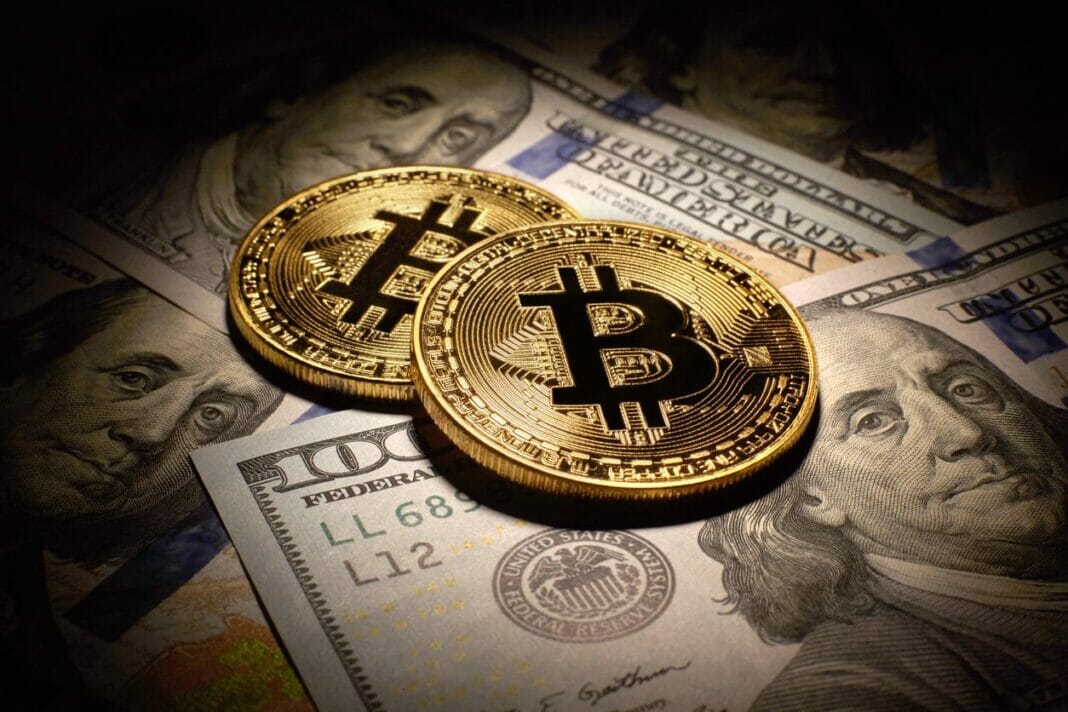The petrodollar standard is running out of power with China’s negotiations with Saudi Arabia. A crisis of confidence in the dollar would generate serious consequences due to US financial punishments on Russia.
A historic event is happening worldwide: the dollar is suffering as an exchange asset in the commodity market, which generates the chances that a new monetary reserve would appear to switch places with the world currency. While this action takes place, China’s renminbi (better known as the yuan) and bitcoin are under discussion as two alternatives to become the next big-scale asset.
To understand why and how all this situation is taking effect, people need to go back to the last century, when the financial system that governed the world got structured on gold reserves.
Each country made sure that its currencies received a value equal to a certain amount of gold under its protection. However, along with the damage that two world-armed conflicts caused, the international economy faced an abrupt transformation, usual standards for gold reached an imminent end.
In 1944 a significant agreement that changed the whole economic panorama of the world got sealed; this agreement got called the Bretton Woods. This historic agreement created the World Bank, the International Monetary Fund (IMF), and consolidated the dollar as the most used asset worldwide.
The idea was that the United States of America would become an issuer of currencies supported by its prominent gold reserves. These funds could help other nations market goods and services required in their systems.
However, the idyllic system proposed by Bretton Woods did endure enough because, in the 1970s, a financial apocalypse took place, and the world still deals with it today. The US president Richard Nixon, managed to detach the dollar from the gold standard during a dark stage of inflation generated by the US conflict based in Vietnam.
This event caused a collapse of titanic magnitude and many tensions in foreign countries, where some decided to float their assets on the open market to bring a back up to the value of their economic systems.
This procedure resolved the birth of the subsequent depreciation of the US dollar, but it continued to be the currency with the most prominent dominance in the international market. Currently, 90% of currency trading happens through operations with the dollar, and it remains the most common reserve currency, accounting for 60% of world reserves; a much higher percentage than that of other highly relevant currencies, such as the euro, the yen, the renminbi, and the Canadian dollar.
Oil and its Market Dominance
During Nixon’s administration and after setting up strategies to finance the war without depending on gold reserves, the United States of America agreed with Saudi Arabia that this nation’s oil would get sold in exchange for dollars.
Alex Gladstein, director of the Human Rights Foundation, highlights that the American country managed to gather oil and that the oil nations invested their profits in the US debt through these negotiations.
Nations from the European Union, China, and even Russia got obliged to use dollars to purchase or sell oil; they basically got forced to use an external currency to acquire their raw materials or purchase goods from other regions.
By: Jenson Nuñez











